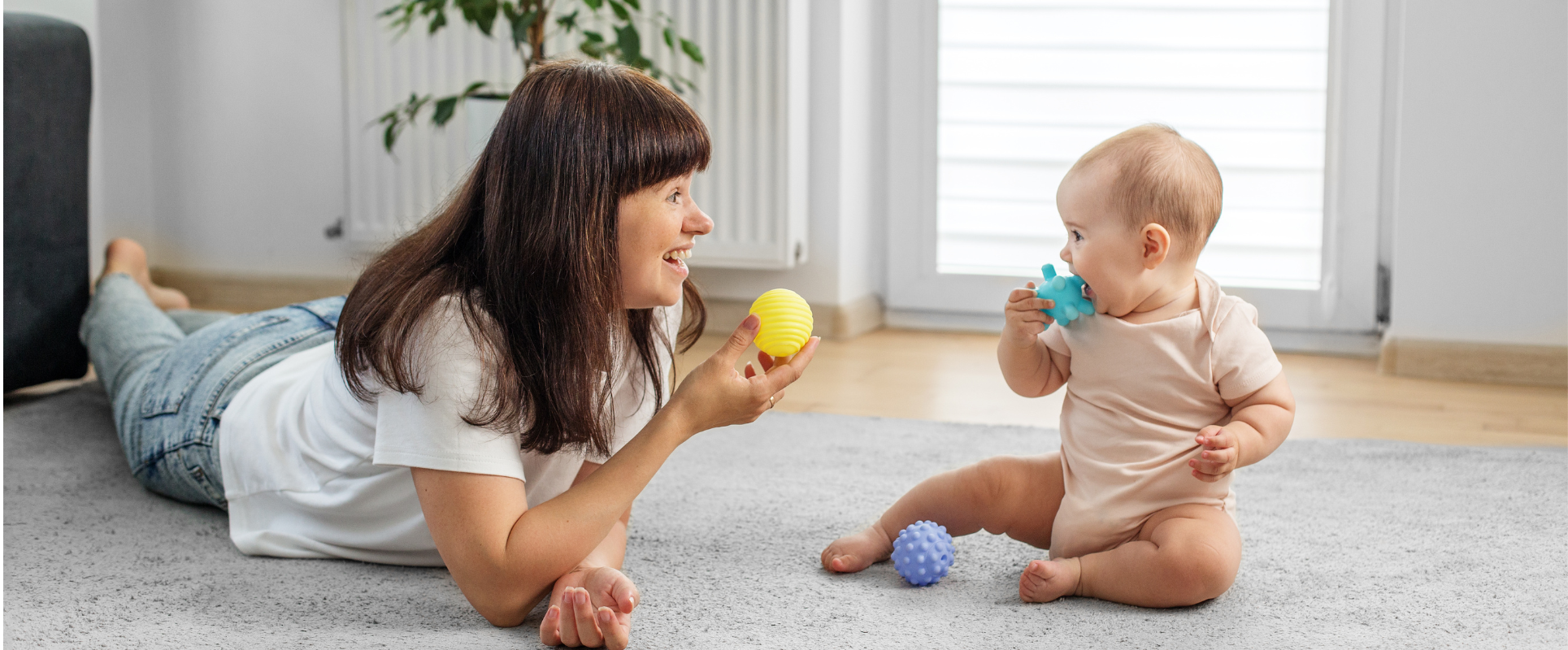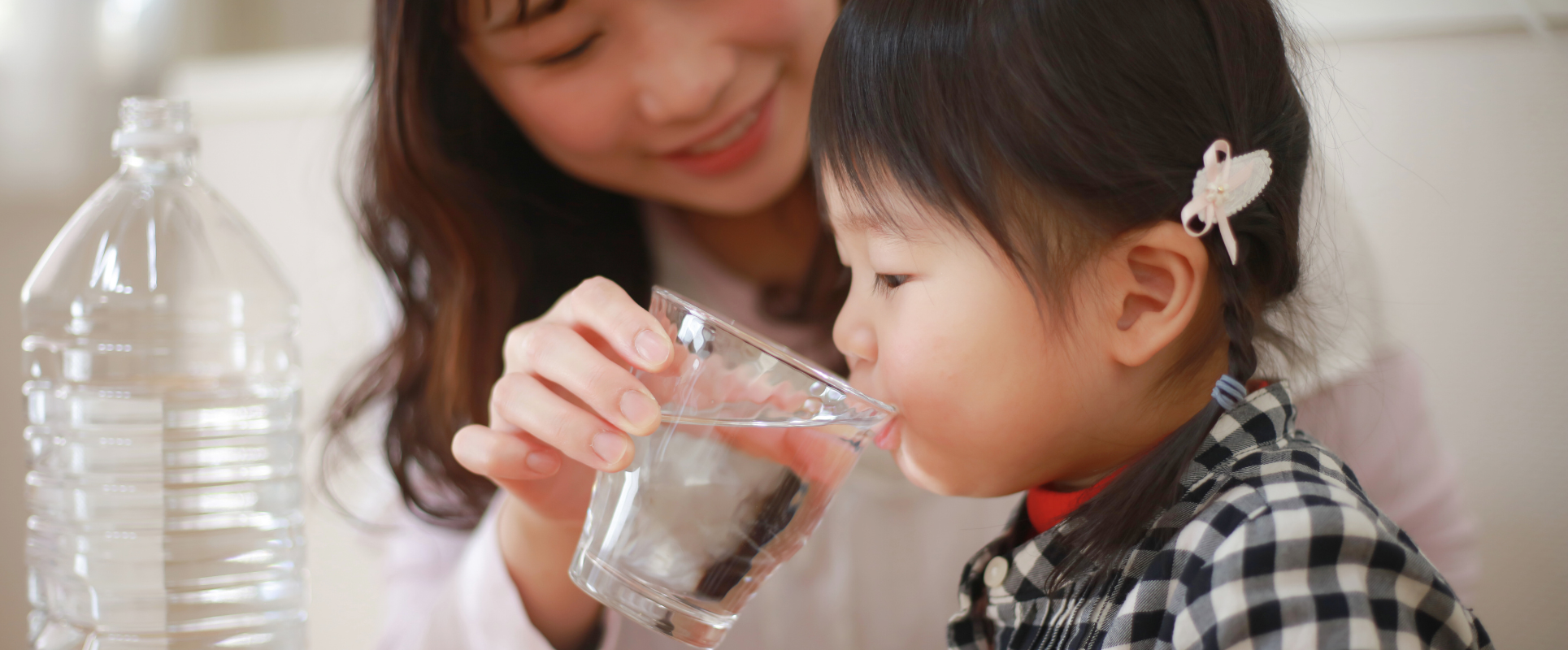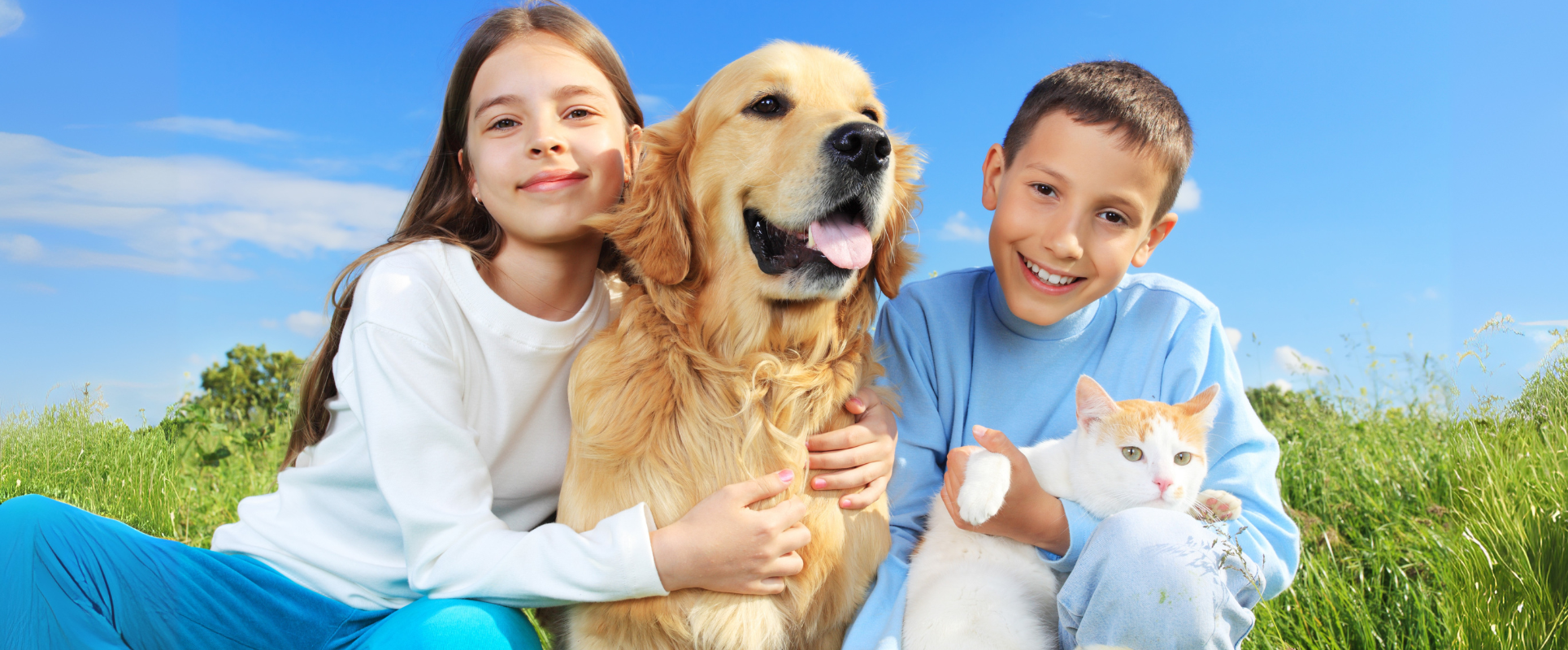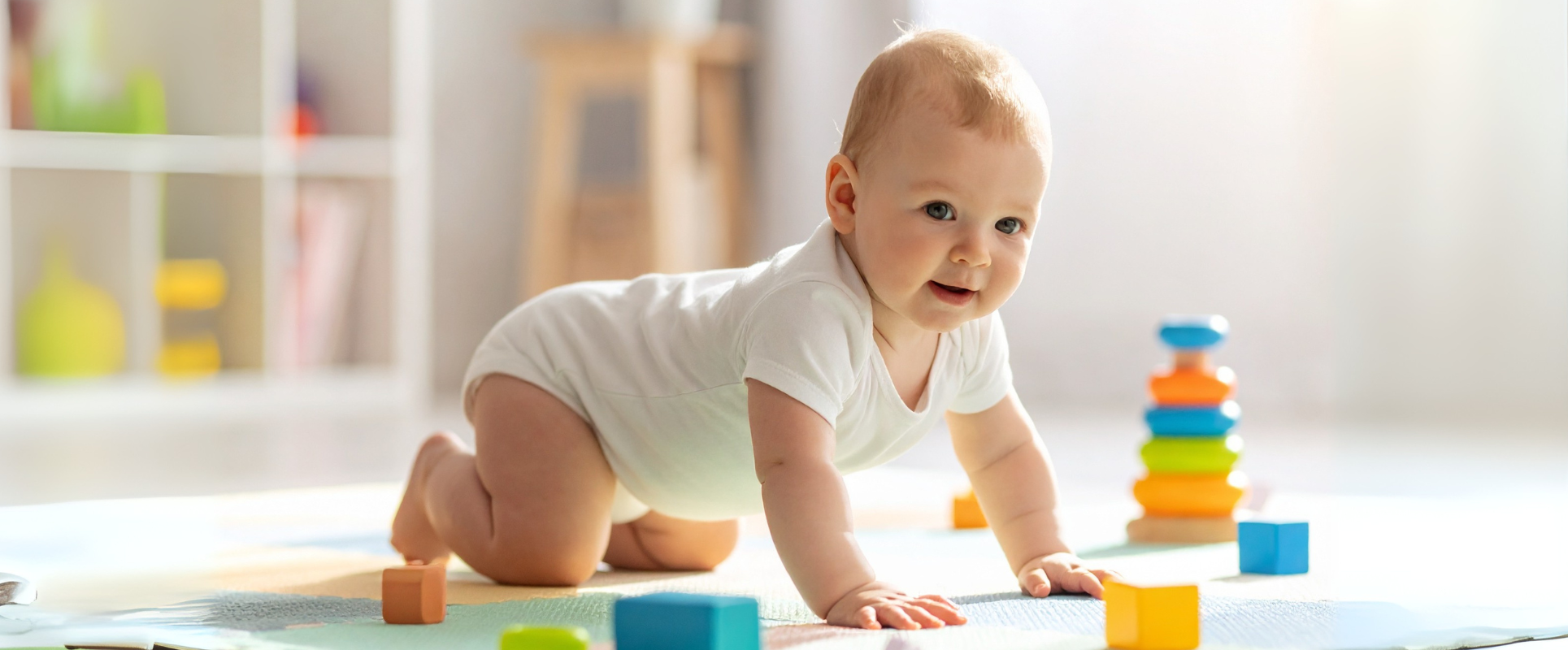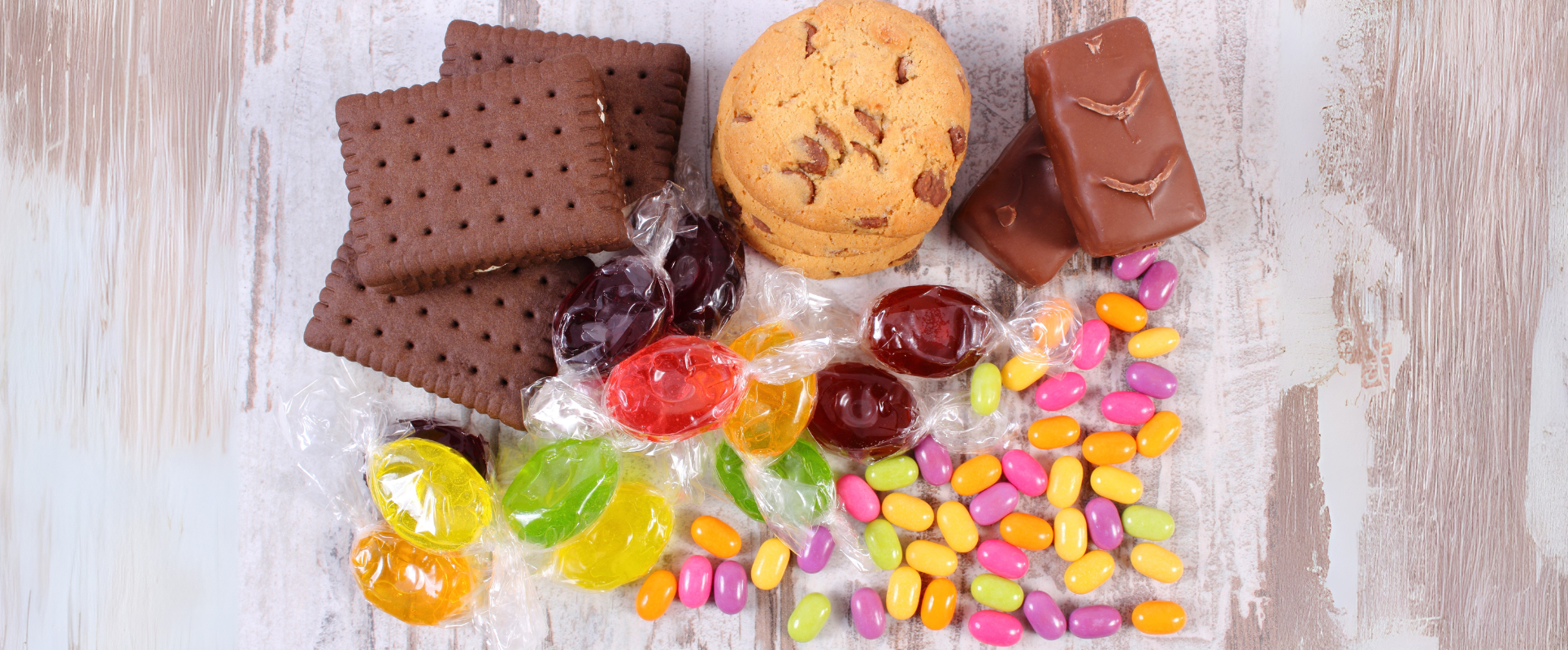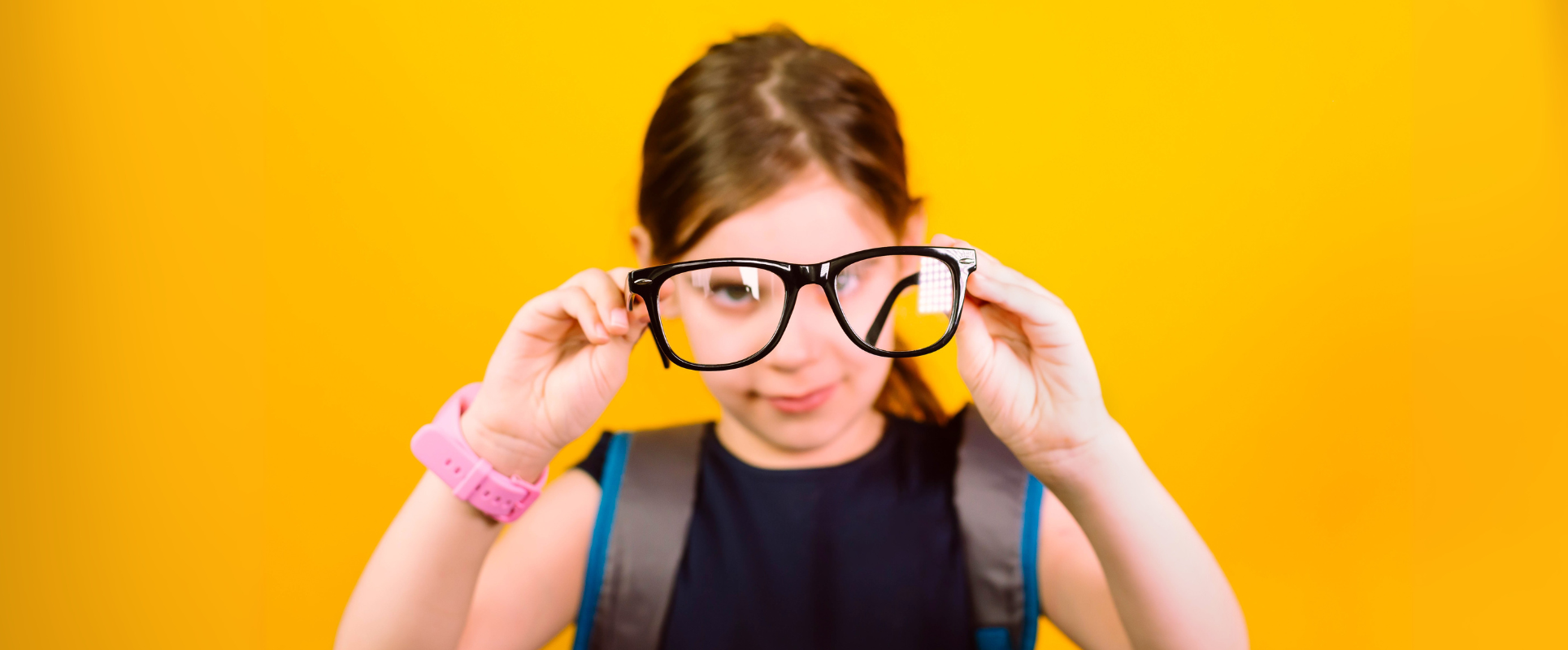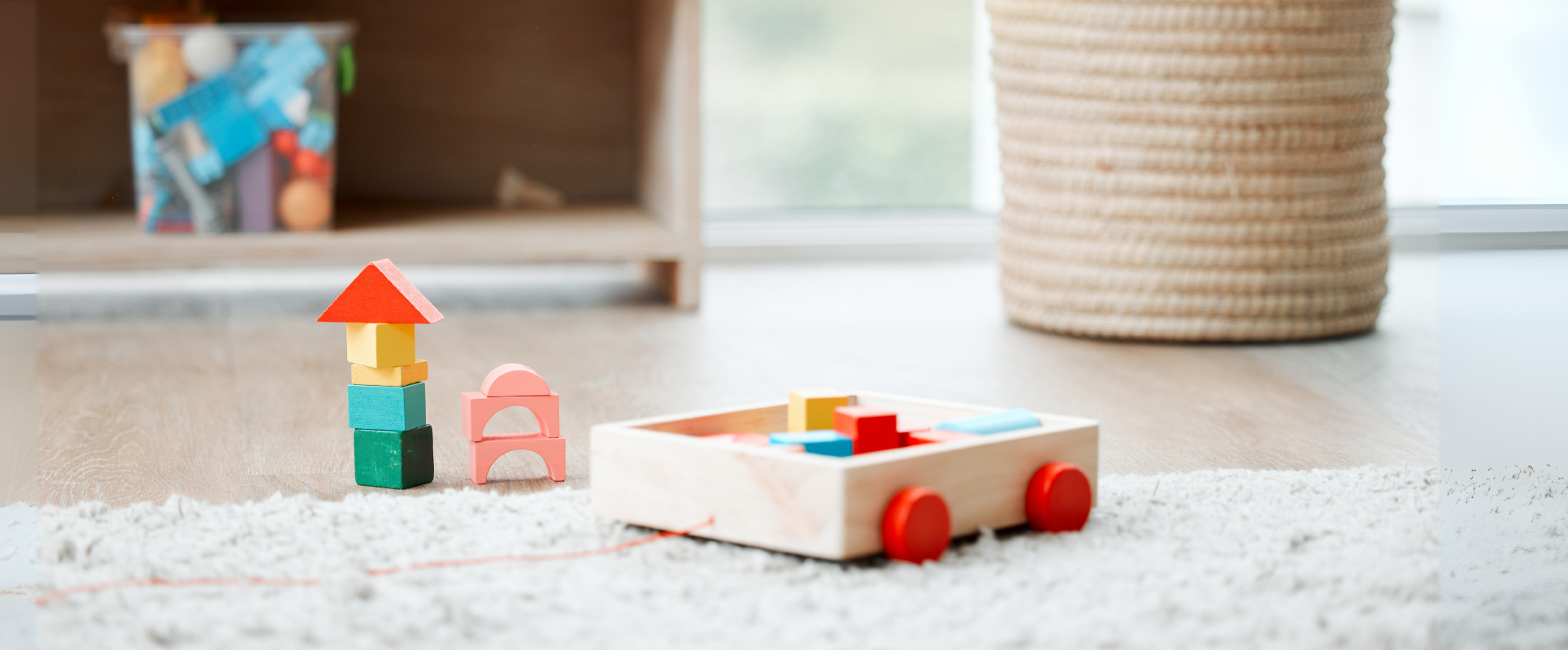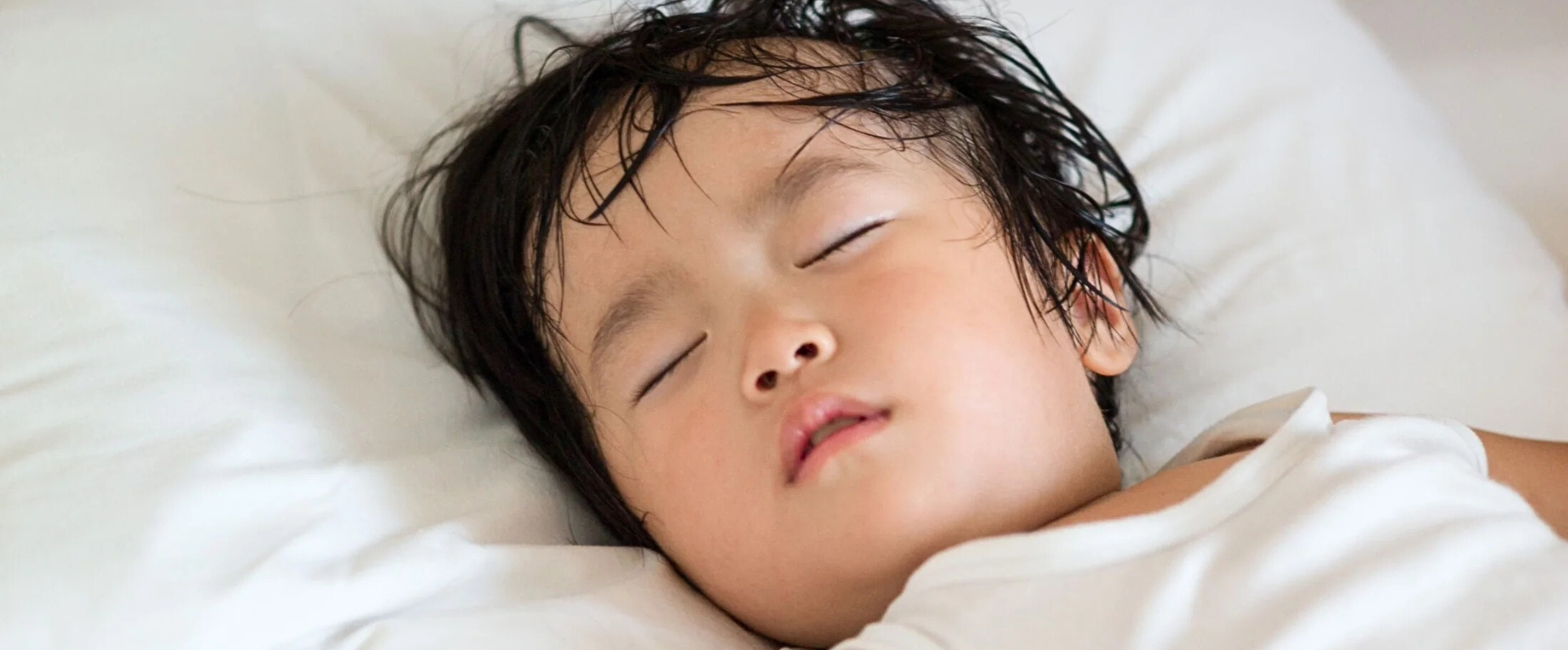
Excessive Sweating in Children: Causes, Normal Signs and When to Worry
It’s natural for parents to feel concerned when their little one sweats more than expected— especially during sleep, feeding or play. But when is sweating normal and when should you worry? In this guide, we explain the causes of excessive sweating in babies and toddlers, what’s typical and when to seek help.
1. Why Do Children Sweat More Than Adults?
Babies and toddlers have a developing nervous system and immature sweat glands. This makes it harder for them to regulate body temperature efficiently. Common reasons for increased sweating include:
- High metabolic rate: Infants burn energy faster, which produces more heat.
- Warm environments or over-layering: Too many clothes, blankets or a stuffy room can cause overheating.
- Feeding or sleep-related sweating: Sweating during nursing or deep sleep is common, especially around the head and neck.
2. When Is Sweating Considered Normal?
Sweating is usually not a cause for concern if your child:
- Has healthy skin color and normal weight gain
- Is active and alert during the day
- Sweats primarily at night or during feeding
Parents can help by dressing children in breathable clothes, keeping the room cool (20–22°C) and using lightweight blankets only.
3. When Should You Worry About Excessive Sweating?
While most sweating is harmless, certain signs could point to an underlying condition:
- Vitamin D deficiency or rickets: Symptoms may include night sweats, hair loss, delayed milestones and restlessness.
- Congenital heart conditions or metabolic disorders: Look for cold sweats, fatigue, fast breathing or poor feeding.
If you notice these symptoms, consult a pediatrician promptly. Early detection can lead to effective treatment and peace of mind.
4. Daily Care Tips for Sweaty Babies
Even if your child’s sweating is normal, a few lifestyle adjustments can help them feel more comfortable:
- Use breathable fabrics like cotton or bamboo
- Keep the room well-ventilated and at the right temperature
- Bathe your child daily to prevent heat rash and maintain skin hygiene
- Offer water or breastfeed more frequently on hot days
Recommended: DabiDabi Gentle Care 2-in-1 Shampoo & Bodywash – a vegan, SLS/SLES-free, paraben-free formula designed to cleanse delicate baby skin without irritation. Infused with Chamomile, Green Tea, Sage, Horse Chestnut extracts, it’s ideal for sweaty skin prone to heat rash.
5. Final Thoughts
Most babies and toddlers sweat due to natural body processes, especially in warm conditions or during deep sleep. But if sweating is excessive, persistent or comes with other symptoms, it’s best to consult a doctor. With a few small adjustments and the right care, your child will stay cool, healthy and happy.
FAQ – Frequently Asked Questions
-
Is sweating during sleep normal for babies?
Yes, especially on the head. It’s part of how young bodies release excess heat. -
Can excessive sweating be a sign of illness?
Occasionally. If it’s accompanied by other symptoms (fatigue, wheezing, poor feeding), see a doctor. -
What room temperature is best for sleep?
Around 20–22°C (68–72°F) is ideal for most babies. -
How can I prevent heat rash?
Use gentle baby wash, keep the skin clean and dress your child in breathable layers.
Discover More Gentle Care from DabiDabi
At DabiDabi, we create safe vegan products made with love — for your little one’s comfort and your peace of mind. Explore our natural care solutions for babies and toddlers.

